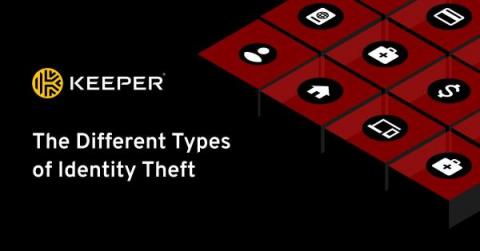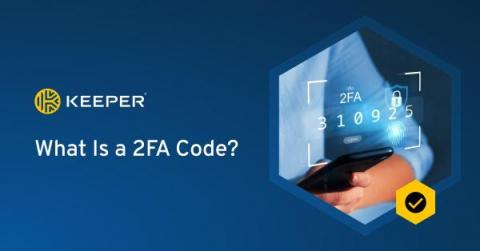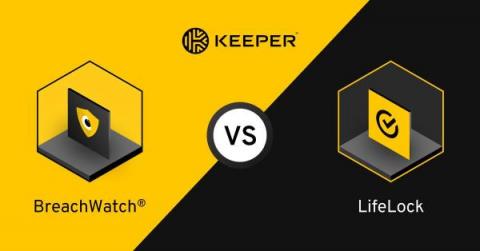Understanding RockYou.txt: A Tool for Security and a Weapon for Hackers
In the realm of cybersecurity, the RockYou.txt wordlist has become a household name. It’s a tool used by security professionals to test the strength of network security. However, like many tools in the digital world, it can also be misused by malicious actors. In this blog post, we’ll delve into the history of RockYou.txt, its uses and how to protect your organization from potential threats associated with it.











